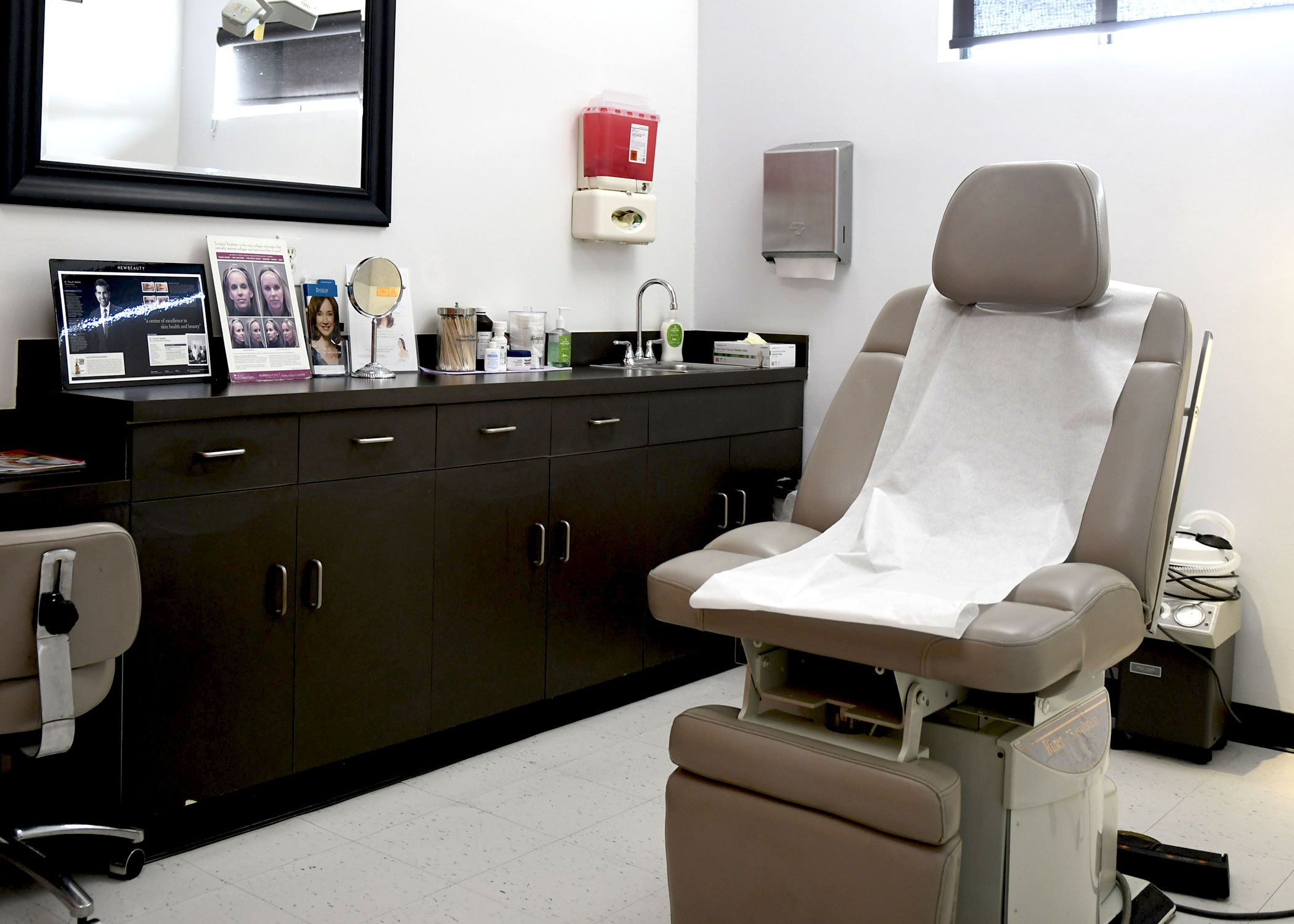Skin discoloration is one of the most common complaints among first time dermatology patients. This condition has a wide variety of causes, and it appears differently in individuals depending on age, natural skin tone and other underlying health conditions. Skin discoloration usually entails darker or red patches on lighter skin or lighter patches on darker-toned skin. Dark spots can cause hyperpigmentation if proper sun protection is not used.
What is Skin Discoloration?
The main categories of skin discoloration can include flat scarring, post-inflammatory marks from minor injuries to the skin, sun damage, and sometimes underlying health issues. Once a medical condition has been ruled out as a cause of skin discoloration, the problem is only cosmetic in nature. Too much exposure to UV sun rays is one of the most frequent causes of discolored skin, creating dark spots and the appearance of accelerated aging. Skilled and experienced dermatologists are able to consult with each patient and offer several appropriate treatment options.
Recommended Laser Treatment Methods
Fractional CO2 laser resurfacing involves a carbon dioxide laser that carefully resurfaces the skin by removing thin outer layers and revealing newer, unblemished skin underneath. Some of the main advantages to this type of laser include minimal irritation, little recovery time, improved skin texture right away, and stimulation of collagen production. Unlike other types of lasers, fractional lasers apply small concentrations of light energy to the skin surface. This technique treats only the discoloration and will not irritate the surrounding skin area. For further information about this procedure, new patients are encouraged to contact an experienced dermatologist for a consultation.
The Pharos Excimer Laser is a new popular laser treatment method. It does not however penetrate deeply into the skin. It targets pigmentation as well as serious skin conditions such as psoriasis and vitilgo.


